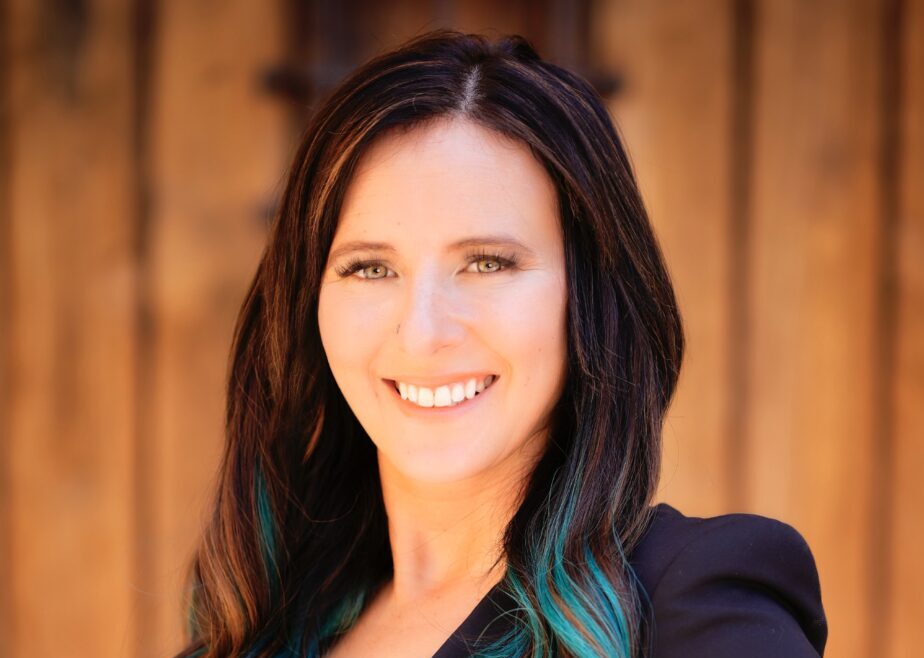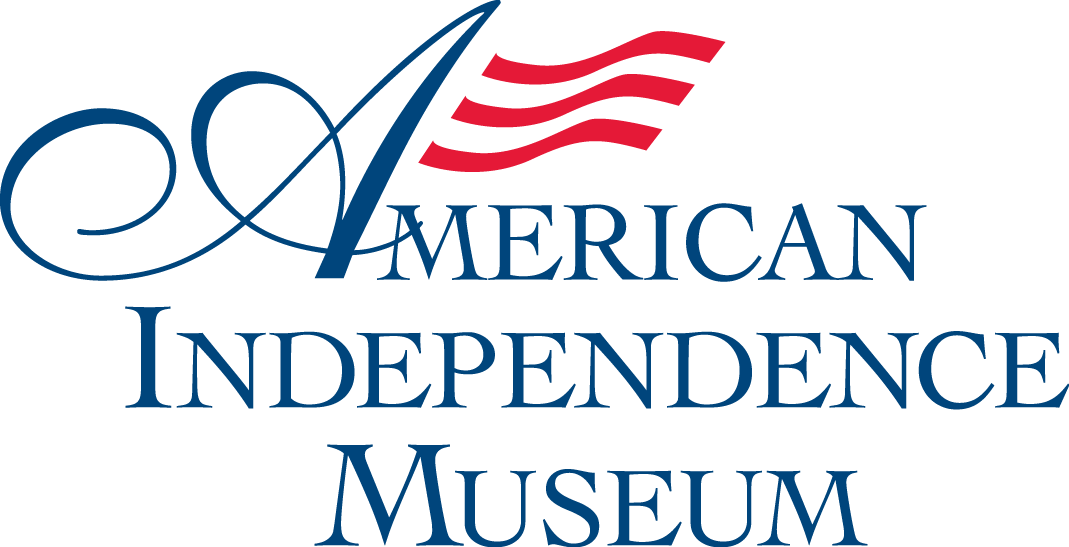
Q&A with Ashley Hlebinsky
What is your full name?
Ashley Hlebinsky
Tell us about yourself.
I’m one of the foremost authorities on arms and ammunition history in the United States, but my expertise goes beyond just that. I’ve had the opportunity to work with some incredible research centers and museums around the world, like the Smithsonian Institution, the Mob Museum, the Los Angeles Police Museum, and the Houston Museum of Natural Science, to name a few. I’ve also collaborated with the National Park Service and the Organization of American Historians. Recently, I am serving as the Founding Executive Director at the University of Wyoming College of Law’s Firearms Research Center and am working on establishing a center for the study of arms, armor, and military history in the UK.
For a decade, I had the privilege of running the most prestigious firearms museum in the world. During that time, I led a multi-million-dollar renovation that transformed the museum into an educational space where people of all knowledge levels, experiences, and beliefs could engage in thoughtful discussions about firearms, culture, and history.
What you are working on at AIM in the next 4 months?
I’m diving into my museum experience to help our team reimagine and plan exhibitions and educational programs. Since summer is our busiest time, we’re gearing up to create some really engaging programs and exhibits for various Exeter festivals and events. At the upcoming Independence Festival, I’m teaming up with Jennifer Carr on to curate two outdoor exhibits. One will give folks a sneak peek at a new educational garden focused on how agricultural practices have evolved throughout history. Plus, I’m putting together a special exhibit on the arms used during the American Revolution, complete with live presentations by a top-notch gunmaker. My goal through all of this is to breathe new life into our museum’s history and strengthen our connections within the community.
Describe how your vision will help propel AIM forward and enhance its mission?
I love working with smaller historic sites because there is such an amazing opportunity to work closely with the local community. Just because a site is small, doesn’t mean it can’t have a big impact. I hope to take what is so special and unique about the American Independence Museum and weave together exhibitions and stories to engage a broader audience, which is especially important as we move into the 250th anniversary of the American Revolution.
